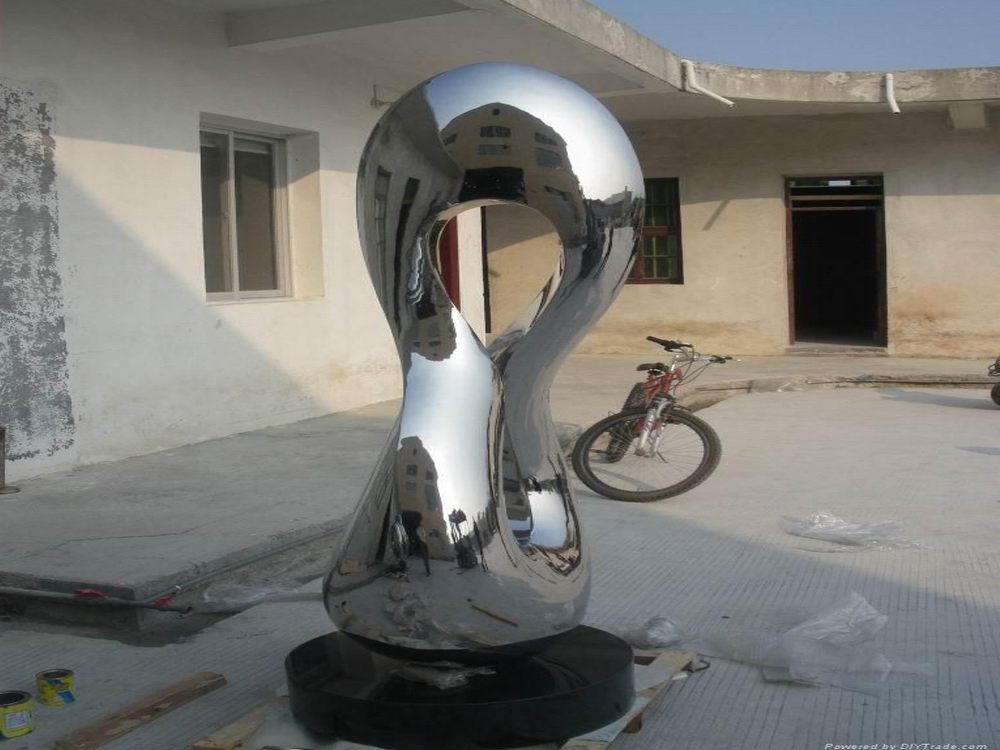
Bronze sculptures play a vital role in urban renewal projects, transforming public spaces into vibrant cultural hubs. When designing these artworks, several critical factors must be considered to ensure their success.
First, durability is paramount. Bronze is chosen for its resilience to weather and time, but proper alloy composition and protective coatings are essential to prevent corrosion and maintain longevity.
Second, cultural relevance ensures the sculpture resonates with the community. Artists should collaborate with local historians and residents to reflect the area’s heritage, creating a sense of identity and pride.
Third, scale and placement are crucial. The sculpture must harmonize with its surroundings, whether it’s a bustling plaza or a quiet park, enhancing the urban landscape without overwhelming it.
Fourth, maintenance accessibility should be planned. Bronze sculptures require periodic cleaning and inspections to preserve their appearance and structural integrity.
Finally, community engagement fosters acceptance. Public input during the design phase can lead to a more meaningful and celebrated artwork.
By addressing these considerations, bronze sculptures can become enduring symbols of urban renewal, enriching cities for generations.

